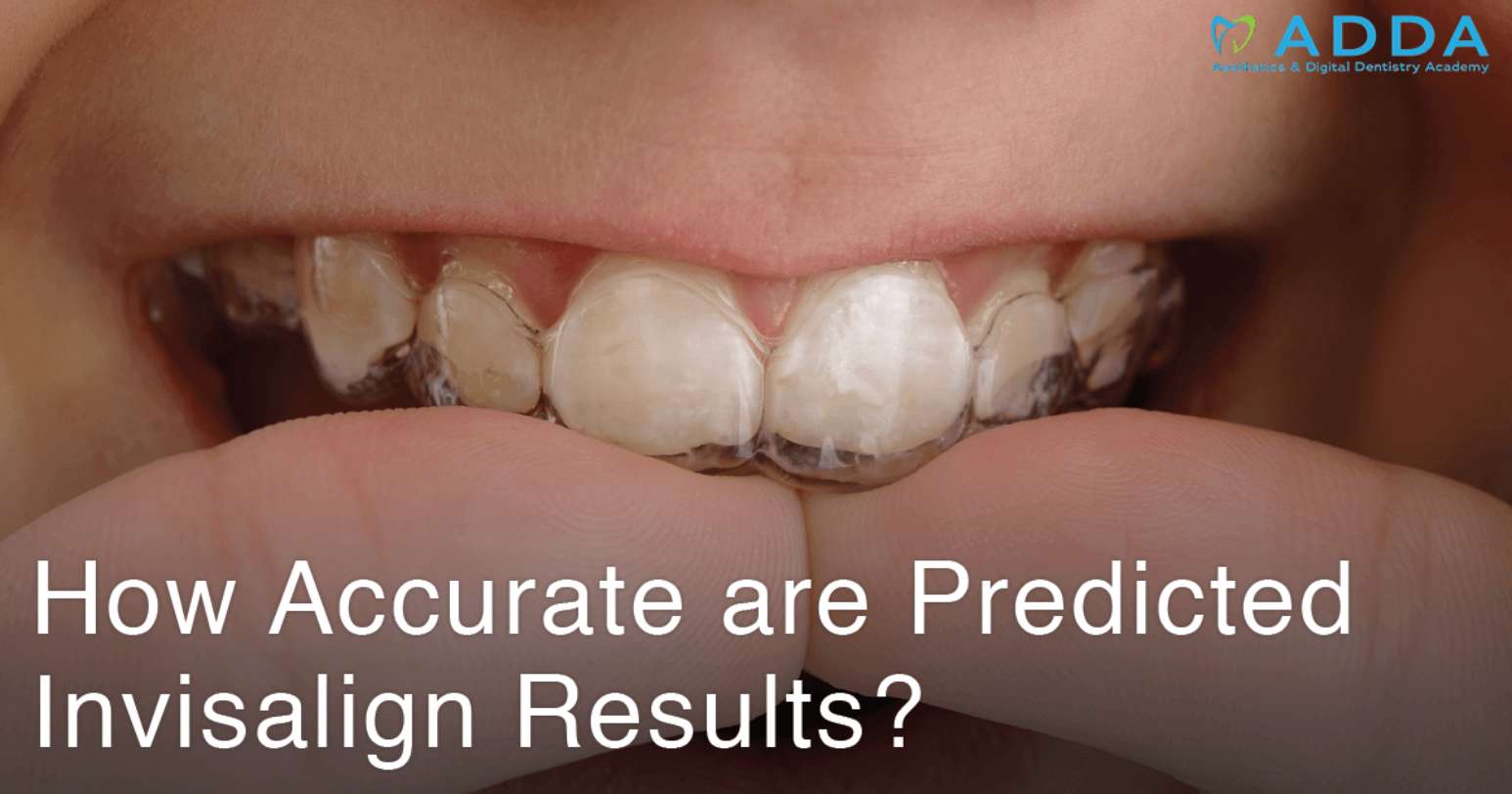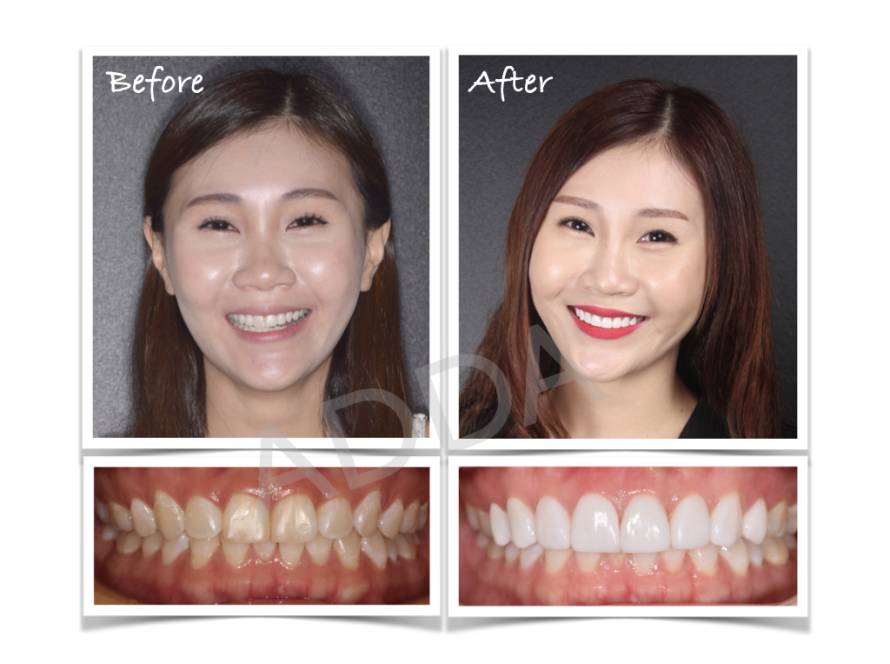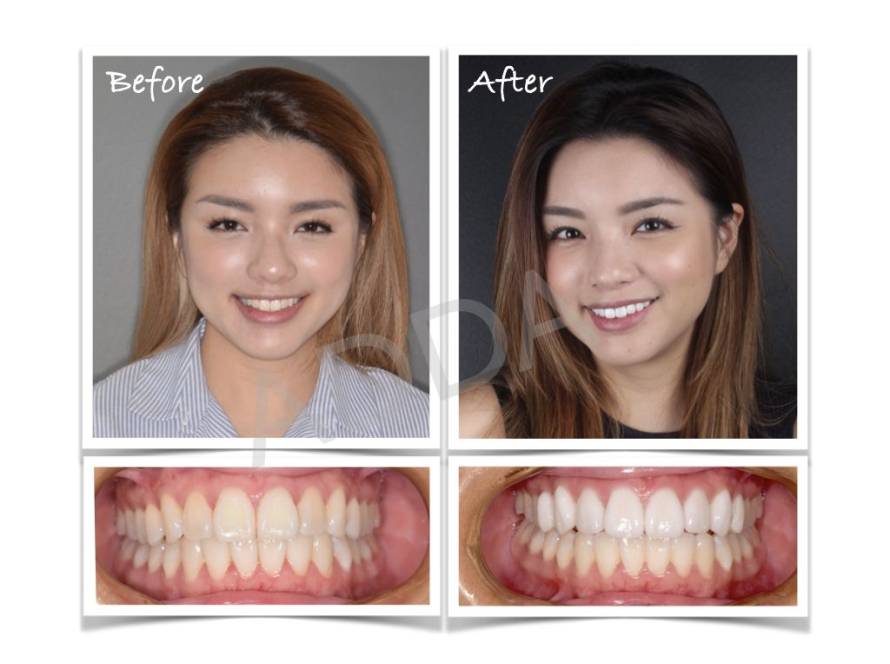Does Invisalign really allow dentists the precision they need to get teeth into the right positions? A group of researchers decided to find out by conducting a careful study of patients’ post-treatment models. Discover the results according to the study, published on the website of the National Center for Biotechnology Information (NCBI).
Pre-Treatment Plans and Post-Treatment Models
For the purpose of the study, the team of researchers collected the virtual treatment plans from 30 Invisalign patients. The pre-treatment plans are a virtual 3D model of what the patient’s smile should look like after treatment, along with a specific plan for the position of each tooth.
Researchers also gathered the post-treatment models of the same 30 patients. This way, they could compare the predicted position of the teeth with the actual position achieved through treatment with Invisalign in Singapore.
Measurements and Testing
The researchers used special software to digitally superimpose the post-treatment model on top of the pre-treatment plan for each patient. Then they carefully measured and tested the differences between the predicted result and the actual result. For linear measurements, the team considered any difference above 0.5 mm to be relevant. For the angular measurements, they considered any difference beyond 2 degrees to be relevant.
Results of the Comparison
After a thorough examination of the pre-treatment and post-treatment models, researchers came to a couple of significant conclusions. First of all, there were differences between the tooth positions that dentists had predicted and what was actually achieved. The change between the predicted position of the teeth and their final, actual position was enough to be statistically significant.
However, most of the differences in tooth position were small enough to be irrelevant to the patient. In other words, the differences weren’t clinically relevant, even though they were statistically noteworthy.
The Specific Differences
The differences that researchers found mostly involved anterior teeth. For the maxillary lateral incisors, canines, and first premolars, the predicted and final positions were almost always identical, or very nearly the same. However, the anterior teeth sometimes were a bit more occluded than the dentist predicted. Sometimes rounded teeth were not rotated quite to perfection. Posterior teeth were not always ideally positioned according to the original plan.
The Potential for Adjustment
Fortunately, an Invisalign Singapore provider can use data from this and other studies to alter the virtual treatment plan as necessary. The Invisalign software predicts final outcomes with a high degree of accuracy; but if a Singapore dentist understands the potential for a slight margin of error, he can adjust his plan to account for that. When patients are nearing the end of treatment, their dentist can compare predictions with current results and make any necessary tweaks to achieve the right look.
Thanks to the technology of Invisalign in Singapore, patients can experience a smile makeover with far less pain than they would have using traditional braces or fixed appliances. Each decade brings more finesse and greater potential to this smile makeover technology.



